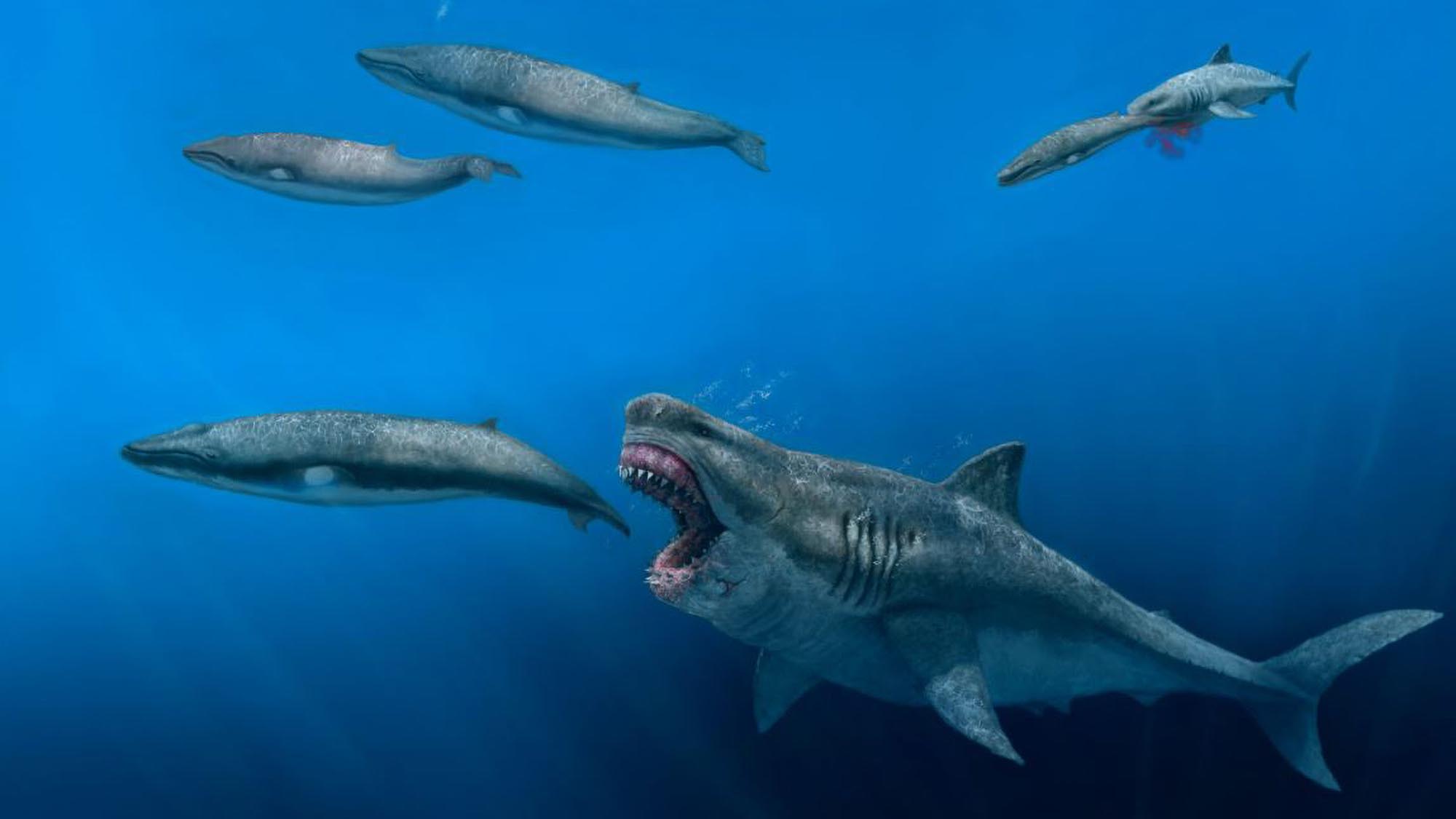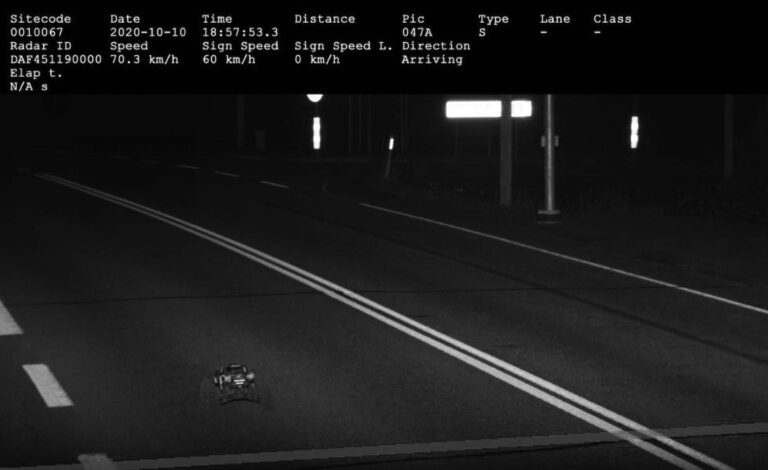Research of a 3D reconstruction of the largest shark that has ever lived reveals that it was capable of devouring prey up to eight metres long in one piece.
The megalodon is an extinct species of mackerel shark that lived approximately 23 to 3.6 million years ago.
Meaning ‘big tooth’, the megalodon had teeth the size of a human hand.
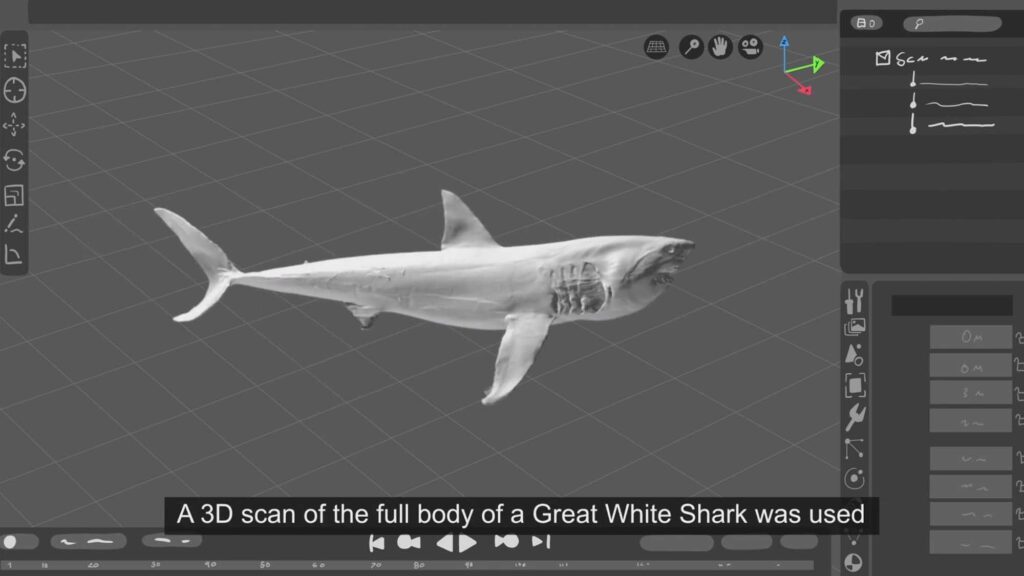
It was formerly thought to be a close relative of the great white shark. However, it is now classified into an extinct family which diverged from the great white shark.
An international collaboration of scientists has now created a 3D computer model of its full body based on one individual megalodon which was discovered around 160 years ago in today’s Belgium.
Against all odds, a sizeable portion of its vertebral column was left behind in the fossil record after the creature died at the age of 46 approximately 18 million years ago.
Experts from Switzerland, the United States, the United Kingdom and South Africa participated in the project.
Their examination results suggest that the gigantic ancient shark had been able to fully consume prey the size of today’s killer whales and then roam the seas without any more food for up to two months.
Senior study author Catalina Pimiento from Zurich University said: “These results suggest that this giant shark was a trans-oceanic super-apex predator.
“The extinction of this iconic giant shark likely impacted global nutrient transport and released large cetaceans from a strong predatory pressure.”
First author Jack Cooper from Swansea University in Wales added: “Shark teeth are common fossils because of their hard composition which allows them to remain well preserved.
“However, their skeletons are made of cartilage, so they rarely fossilise.

“The megalodon vertebral column from the Royal Belgian Institute of Natural Sciences is, therefore, a one-of-a-kind fossil.”
The megalodon had a cosmopolitan distribution. Its fossils have been excavated from various parts of the world, including Europe, Africa, the Americas and Australia.
The reconstructed megadolon (Otodus megalodon) was 16 metres long and weighed more than 61 tonnes.
Scientists think that it was able to cover 1.4 metres per second and require over 98,000 kilocalories a day.
Its stomach volume amounted to almost 10,000 litres.
The megalodon was able to eat prey as long as eight metres, according to the new study based on the 3D model.
Zurich University researchers underline that this is the size of today’s most notorious predator of the world’s oceans, the killer whale.
The institution said in a statement: “An ability to eat large apex predators of comparable size millions of years ago places megalodons at a higher trophic level than modern top predators.”
To obtain new information on the giant ancient shark, the international panel of scientists first measured and scanned every single vertebra before reconstructing the entire column.
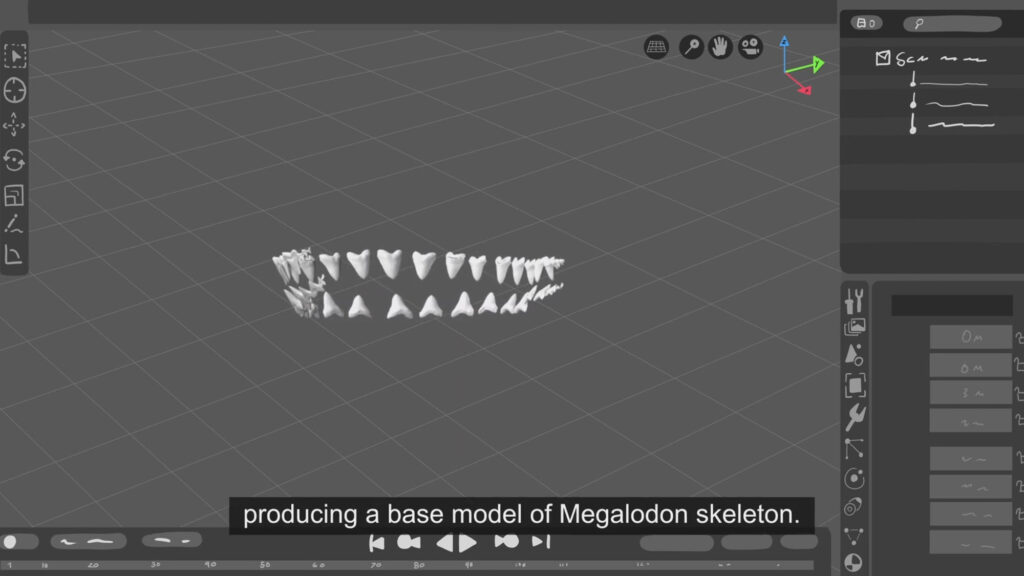
The researchers then attached the column to a 3D scan of a megalodon’s dentition from the United States.
The model was completed by adding ‘flesh’ around the skeleton using a 3D scan of the body of a great white shark from South Africa.
John Hutchinson is a professor of Evolutionary Biomechanics at the Royal Veterinary College in the UK.
Hutchinson – one of the study’s co-authors – explained: “Weight is one of the most important traits of any animal.
“For extinct animals, we can estimate the body mass with modern 3D digital modelling methods and then establish the relationship between mass and other biological properties such as speed and energy usage.”
The 3D model can now be used as a starting point for future reconstructions and further research, according to Zurich University.
The institution announced: “The novel biological inferences drawn from this study represent a leap in our knowledge of this singular super predator.
“They help to better understand the ecological function that megafaunal species play in marine ecosystems and the large-scale consequences of their extinction.”
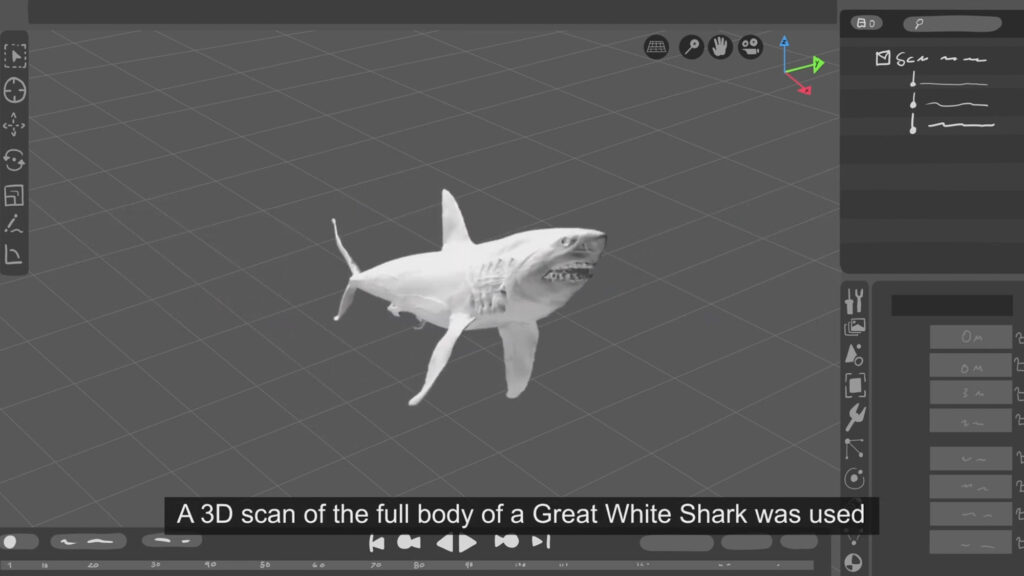
To find out more about the author, editor or agency that supplied this story – please click below.
Story By: Thomas Hochwarter, Sub-Editor: Marija Stojkoska, Agency: Newsflash
The Ananova page is created by and dedicated to professional, independent freelance journalists. It is a place for us to showcase our work. When our news is sold to our media partners, we will include the link here.

